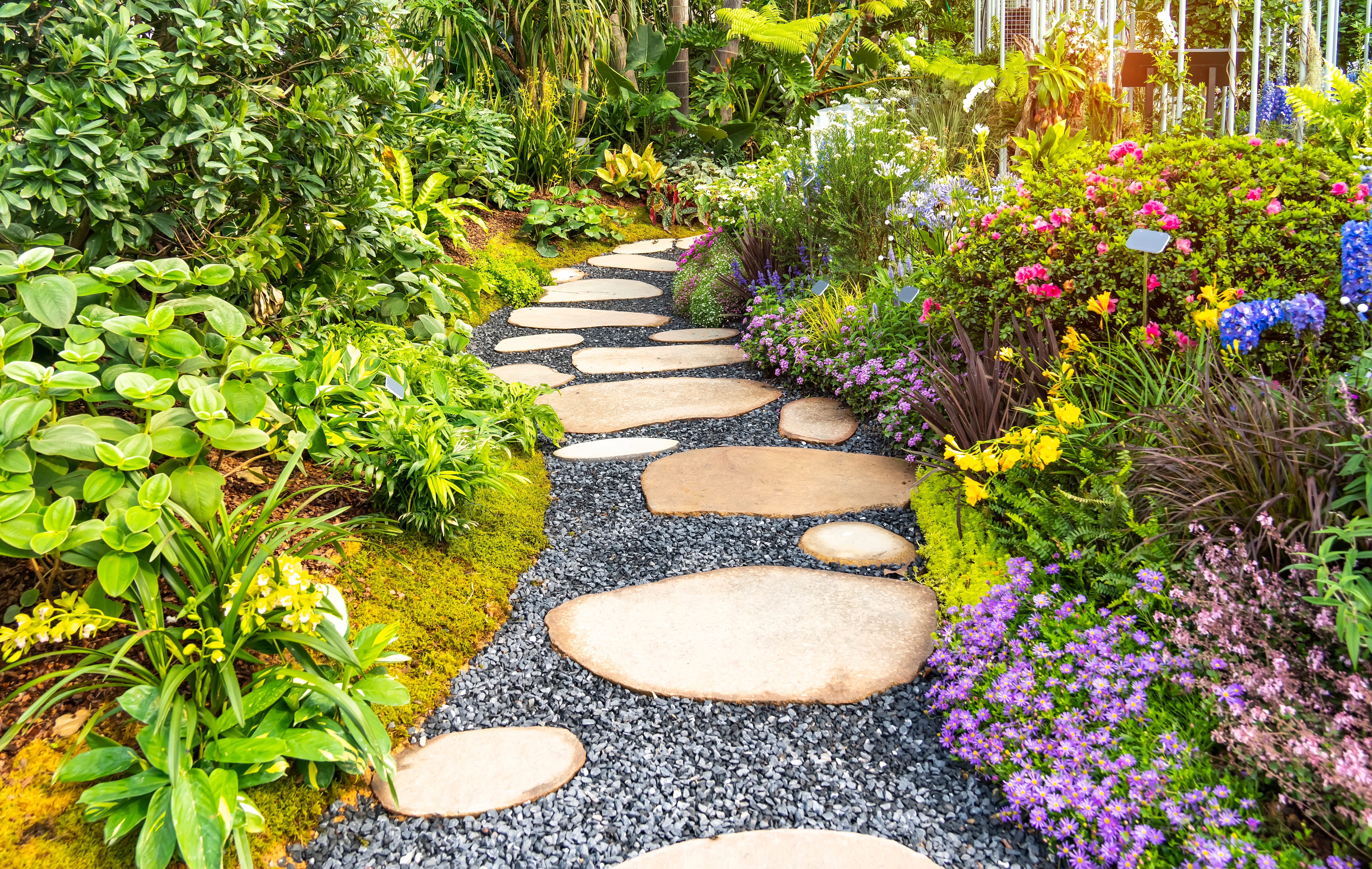
Minimalism Is A Lifestyle Choice
What began as a design style some years ago, has turned into a global lifestyle movement. Many people are drawn to minimalism because it offers a way to live more intentionally, happily, and sustainably. From tidy homes to simple wardrobes, the idea of “living with less” is everywhere. Let’s explore the different kinds of minimalism and how they can benefit us and the environment. My team from Global Contractors can assist you in your journey to minimalism and any space organization. For helpful ideas, keep reading…
Three Types of Minimalism
Minimalism can be divided into three main types:
1. Traditional Minimalism – This is the most popular form, focusing on decluttering and keeping only essential items. The benefits include:
- Less stress from clutter
- More time to do other things you want
- Better finances
However, it can be hard to let go of belongings, and you might face resistance from others.
2. Extreme Minimalism – This approach involves owning very few items (sometimes fewer than 100). It often means living with very limited furniture. The benefits are:
- Freedom from material things
- Easier moves
- Lower environmental impact
On the downside, it can lead to loneliness and an obsession with owning less.
3. Rational Minimalism – This type finds a balance between simplicity and everyday needs. It allows for some sentimental items and focuses on mindful choices. Benefits include:
- Reduced stress without losing comfort
- Encourages thoughtful consumption
- Allows for personal expression
This is often the easiest type to maintain long-term.
The Environmental Impact of Minimalism
Minimalism isn’t just a personal choice; it can also help the planet. Here’s how:
Reducing Resource Use: By owning less, we lower the demand for new products, which helps conserve natural resources.
Waste Reduction: Minimalists produce less waste by buying fewer items and choosing quality over quantity. This leads to:
- Less packaging waste
- Longer-lasting items
- More repairs instead of replacements
Long-Term Environmental Benefits
If more people adopt minimalism, it could lead to significant environmental benefits, such as:
- Lower carbon emissions
- A shift towards eco-friendly buying habits.
- A healthier planet for future generations
Start Your Minimalist Journey
To begin your path toward minimalism, consider the following steps:
- Think About Your Values: Think about what truly matters to you and what brings you joy.
- Assess Your Habits: Look at your daily life and find areas where clutter is a problem.
- Tips for Gradually Adopting Minimalism:
- Start small: Declutter one area at a time.
- Be mindful of what you buy: Ask if it’s necessary and aligns with your values.
- Regularly reassess: Check your possessions and habits over time.
- Find balance: Adjust your approach to suit your lifestyle.
What Can You Do About It?
Now that you know about different types of minimalism, choose one that fits you. Remember, every small step towards minimalism is a step towards a more intentional and fulfilling life that can also significantly reduce our impact on the environment. Embrace minimalism for more freedom, purpose, and a healthier planet!
